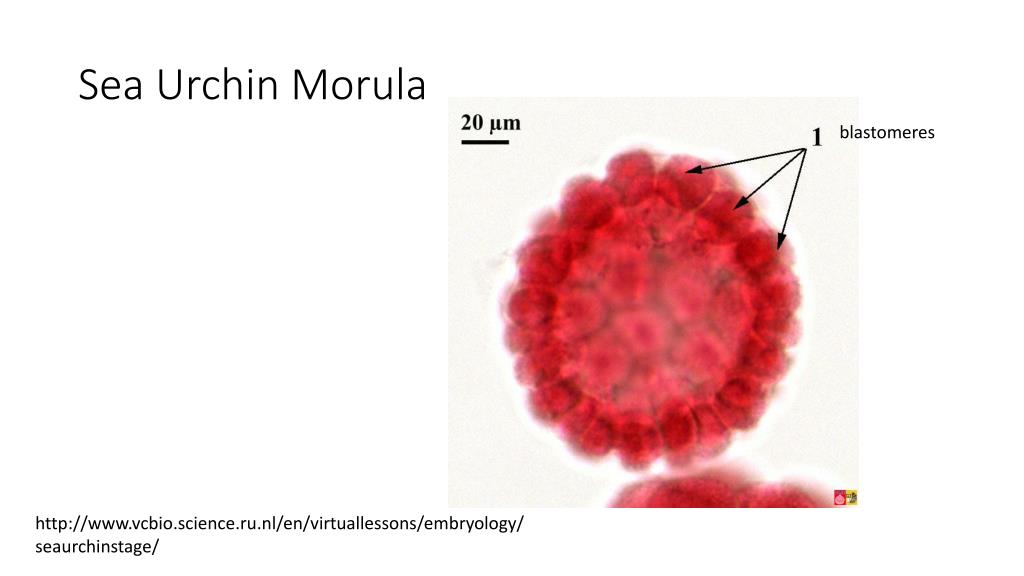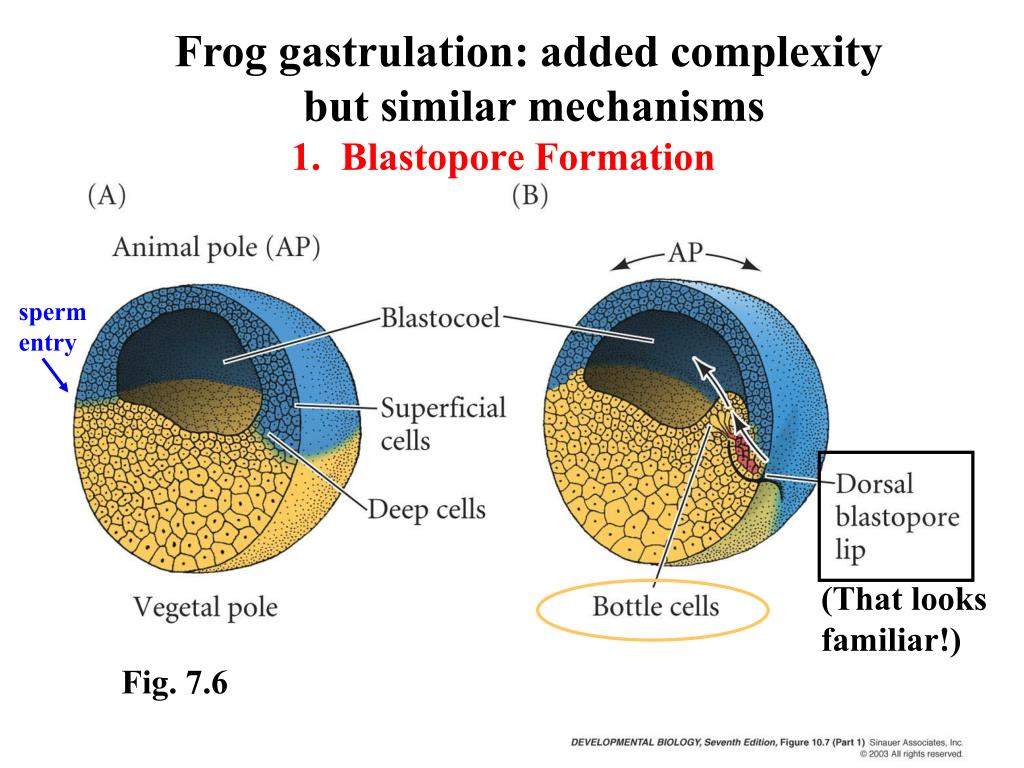

This chapter provides a general description of echinoderms and focuses on the significant advances in cell and developmental biology that the study of sea urchins has made possible. Sea urchin represents a well-established marine model in biological sciences. The modern echinoderms belong to five classes: Echinoidea (e.g., sea urchins and sand dollars), Asteroidea (e.g., starfishes), Ophiuroidea (e.g., brittle stars), Holothuroidea (e.g., sea cucumbers) and Crinoidea (e.g., sea lilies and feather stars). The Echinodermata is an ancient phylum dating to at least 450 million years old and including more than 10,000 extant species present throughout the world’s oceans. These results help to gain insight into the evolution of morphogenesis within the Cnidaria and within Metazoa in general.Įchinoderms, a sister group of chordates, is a group of exclusively marine animals. The number of cells involved in invagination, the dynamics of the shape of the archenteron cells, the stage of epithelial-mesenchymal transition that these cells can reach, and the fate of blastopore lip cells may vary greatly between species. By comparative analysis, we clearly show that invagination may differ at the cellular level between cnidarian species belonging to different classes (Anthozoa and Scyphozoa). aurita contribute to understanding of morphologically similar morphogenesis in different animals. Our data on the cell shaping and behaviours driving invagination in A. We also found that the planula endoderm consists of three morphologically distinct compartments along the oral-aboral axis.Įpithelial invagination is a fundamental morphogenetic movement that is believed as highly conserved across metazoans. We followed the developmental origin of the planula body parts and characterized the planula cells’ ultrastructure. aurita is linked to the ’healing’ of the blastopore lip. We described the successive stages of blastopore closure and found that segregation of the germ layers in A. aurita and anthozoan Nematostella vectensis. That allowed comparing the gastrulation by invagination in two cnidarian species-scyphozoan A. The dynamics of cell shape changes and cell behavior during invagination of the archenteron (future endoderm) were characterized. We focused mainly on the cell morphogenetic movements underlying gastrulation. aurita from early cleavage up to the planula larva. We described in detail the embryonic development of A. In this article, we report a comprehensive study of the early development of A. aurita using the modern methods of light microscopy, immunocytochemistry, confocal laser microscopy, scanning and transmission electron microscopy. To answer this question, a detailed study of the cellular mechanisms underlying the early development of Aurelia is required. One of the intriguing questions that can be posed is whether the invagination occurring during gastrulation of different cnidarians relies on the same cellular mechanisms. As a reliable representative of the class Scyphozoa, Aurelia can be used for comparative analysis of embryonic development within Cnidaria and between Cnidaria and Bilateria. For Aurelia, the genome was sequenced, the molecular cascades involved in the life cycle transitions were characterized, and embryogenesis was studied on the level of gross morphology. Currently, it is an emerging model of Evo-Devo for studying evolution and molecular regulation of metazoans’ complex life cycle, early development, and cell differentiation. AR-archenteron, BCs-blastocoelar cells, BLblastocoel, BP-blastopore, EC-ectoderm, FP-filopodium, GR-gut rudiment, PCs-pigment cells, PMCs-primary mesenchyme cells, SR-skeletal rudiment, VP-vegetal plate.Īurelia aurita (Scyphozoa, Cnidaria) is an emblematic species of the jellyfish.

(G-I) High magnification views showing ingressed pigment cells (PCs) at the mid-gastrula stage (G) primary mesenchyme cell (PMC) filopodia (FP) interacting with the basal surface of the ectoderm (EC), also at the mid-gastrula stage, and a very small, birefringent skeletal rudiment (SR) within the PMC pseudopodial cable (H) and the tip of the gut rudiment during secondary invagination, showing ingressing blastocoelar cells (BCs) and filopodia extended by cells at the tip of archenteron interacting with ectoderm near the animal pole (I). (A-F) Low magnification views showing various stages of gastrulation. All images are of living embryos viewed with differential interference contrast optics. In this warm water species (23 ☌), the entire process takes 8 h. Gastrulation begins with PMC ingression and ends when the archenteron (AR) is fully extended. Gastrulation in a model euechinoid sea urchin (Lytechinus variegatus).


 0 kommentar(er)
0 kommentar(er)
